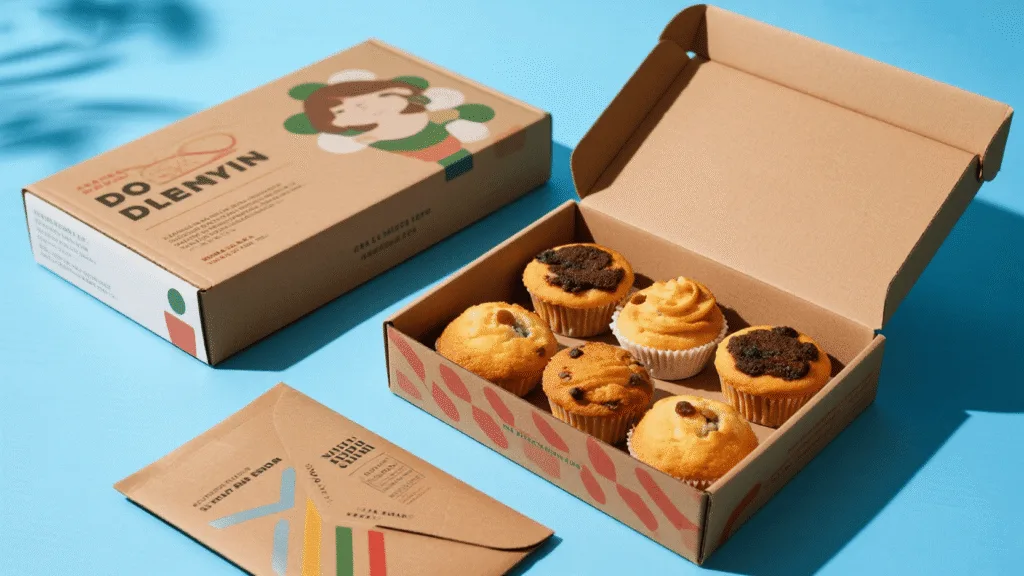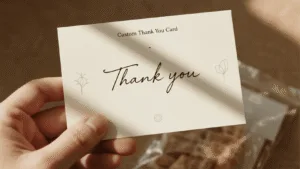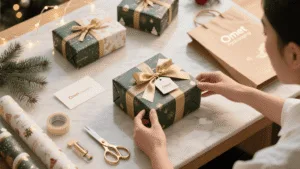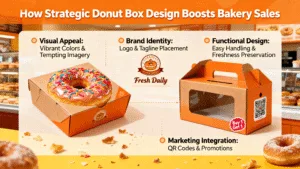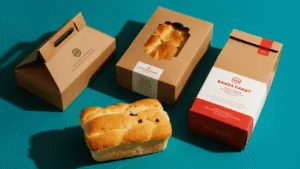Your delicious baked goods arrive crushed, stale, or melted. Your subscription box looks generic and cheap, failing to impress customers and leading to cancellations that hurt your bottom line.
Creating the perfect subscription box for baked goods requires mastering three key areas: designing a memorable unboxing experience, implementing effective temperature control for freshness, and strategically costing every component to ensure profitability.
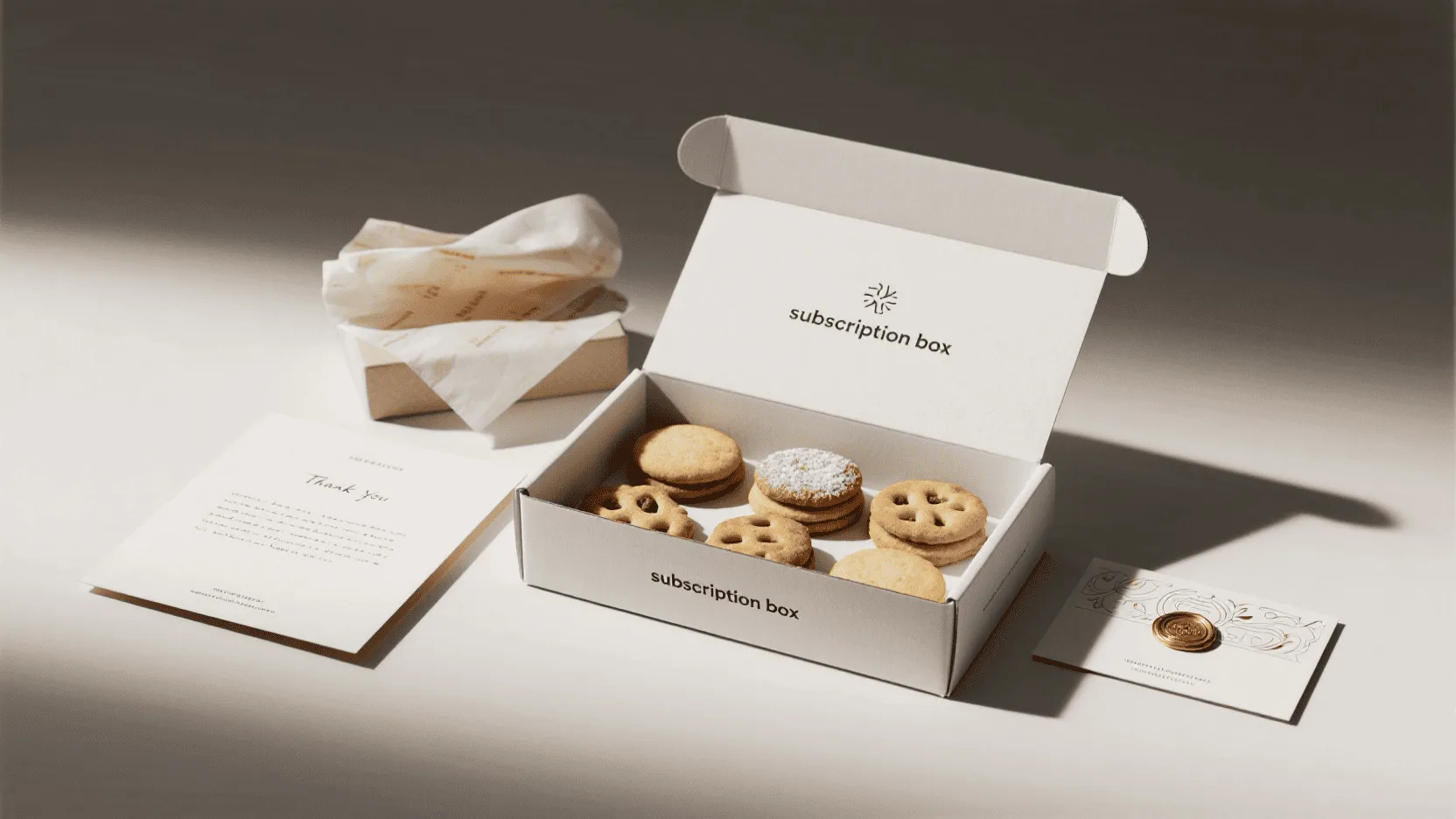
I once subscribed to a cookie delivery service out of curiosity. The first box arrived in a plain mailer. Inside, the cookies were just tossed in a plastic baggie, some of them broken. There was no branding, no note, nothing special. The cookies were okay, but the experience felt so transactional and disappointing that I cancelled immediately. A few months later, I tried a competitor. Their box was beautifully printed. Opening it revealed custom tissue paper, a handwritten-style note, and the cookies were nestled securely in a custom insert. The experience was delightful before I even took a bite. It taught me a powerful lesson: for subscription services, the packaging isn’t just for shipping; it is the product experience.
How Can You Make Your Unboxing Experience Unforgettable?
Your box arrives, but it’s just a plain brown mailer. Opening it reveals a jumble of products with no presentation, failing to create the excitement and premium feel that builds brand loyalty.
An unforgettable unboxing experience transforms a simple delivery into a curated event. This is achieved through custom-printed boxes, branded interior elements like tissue paper and inserts, and a cohesive design story that makes the customer feel special.
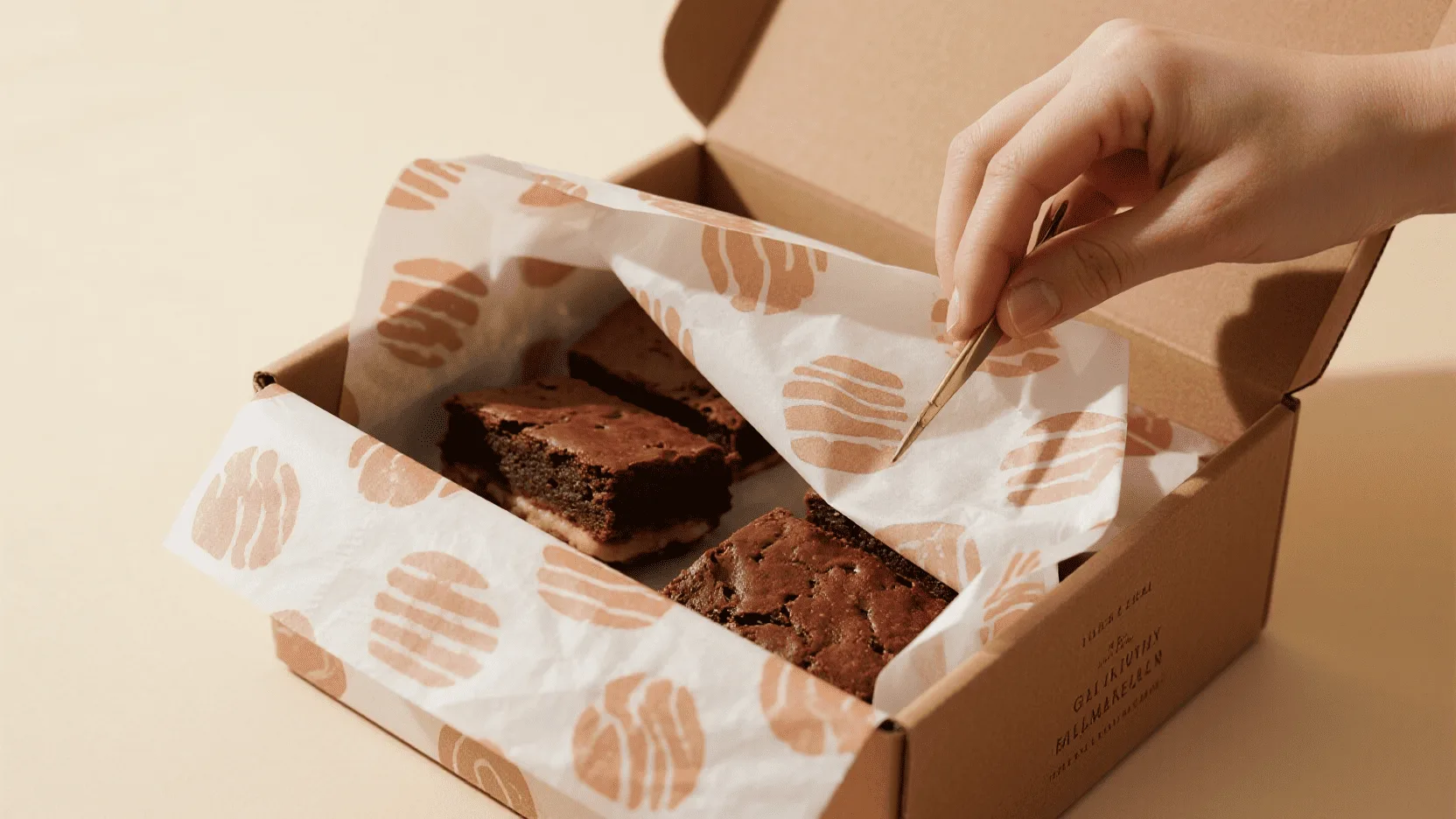
The magic of a subscription box lies in the sense of discovery. As a packaging manufacturer, I help brands orchestrate this moment. It’s about more than just a logo on a box. We think in layers. First, the exterior of the box sets the stage with beautiful graphics. Then, upon opening, the customer is greeted not by the product, but by another layer—perhaps custom-printed wrapping paper or a branded sticker sealing the contents. Underneath that, the baked goods are held securely in die-cut inserts that present them like jewels in a case. Finally, a small, personal touch like a thank you card or a menu explaining the month’s treats completes the experience. Each step is a deliberate part of the brand’s story. This isn’t just about aesthetics; it’s about perceived value. A well-designed unboxing can make a $30 box feel like a $50 luxury gift, creating the "wow" factor that gets shared on social media and keeps subscribers coming back for more.
Creating a Branded Narrative
The unboxing should tell a story. Every element, from the font on the box to the color of the crinkle paper, should align with your brand’s identity—be it rustic and homemade, or sleek and modern.
- Custom Printing1: Use your brand colors, logo, and patterns on both the exterior and interior of the box.
- Interior Elements: Don’t neglect the inside. Branded tissue paper, custom stickers, and informative cards enhance the premium feel.
- Personal Touches: A simple thank you note or a card detailing the story behind the baked goods can create a powerful emotional connection.
The Power of Structural Design
Good design isn’t just about looks; it’s also about function.
- Custom Inserts2: Die-cut cardboard or paperboard inserts hold each item securely, preventing damage during transit and providing a professional, organized presentation.
- Material Choice: The texture and sturdiness of the paperboard you choose contribute to the perceived quality. A thick, sturdy box feels more premium than a flimsy one.
| Unboxing Element | Low-Cost Option | Premium Option | Impact on Customer |
|---|---|---|---|
| Exterior Box | Stock Mailer Box + Branded Sticker | Full-Color Custom Printed Box | High (First Impression) |
| Interior Wrap | Plain Tissue Paper | Custom-Printed Tissue/Wrapping Paper | Medium (Builds Anticipation) |
| Product Security | Crinkle Paper / Void Fill | Custom Die-Cut Inserts | High (Prevents Damage) |
| Printed Materials | Packing Slip | Branded Thank You Card / Menu | Medium (Creates Connection) |
What’s the Best Way to Keep Your Baked Goods Fresh in Transit?
You ship your delicious, freshly baked goods, but they arrive stale or melted. This leads to customer complaints, negative online reviews, and costly refunds or replacements for your subscription business.
To keep baked goods fresh, you must use a multi-layered approach to temperature control. This includes using insulated liners or foam coolers, adding correctly sized gel packs for temperature stability, and choosing packaging that minimizes air exposure.
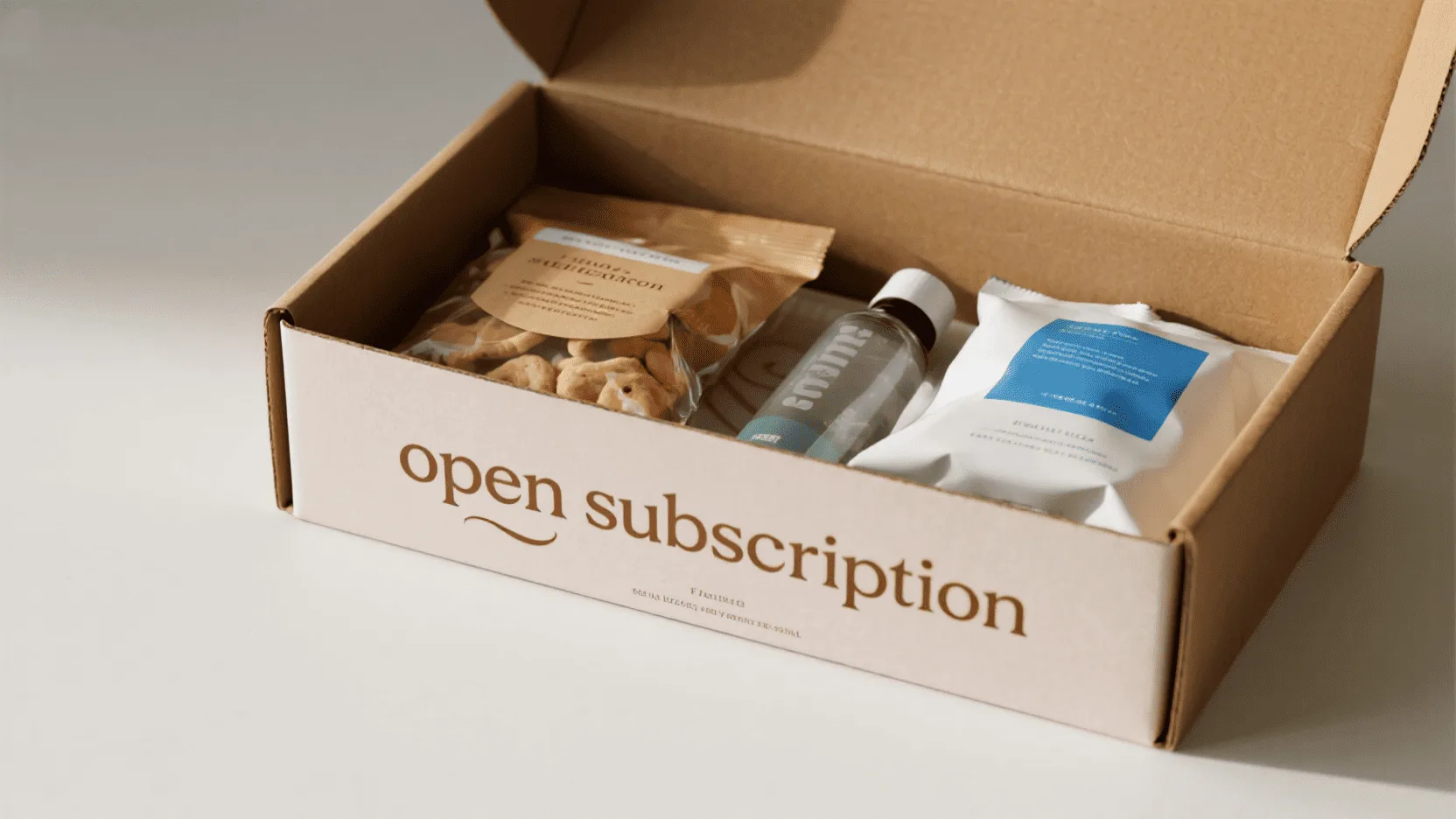
One of our clients, a macaron subscription service, was facing a crisis during the summer. Their delicate cookies were arriving as a melted, sticky mess. Their brand reputation was on the line. We tackled the problem systematically. First, we swapped their standard mailer for a box with a thermal reflective liner. These liners act like a flexible cooler, reflecting heat away from the contents. Second, we calculated the exact size and number of gel packs needed to maintain a cool temperature for up to 48 hours, based on the box’s internal volume. Finally, we recommended they individually seal the macarons to protect them from condensation as the gel packs thawed. The result? No more melted macarons. This experience proved that temperature control isn’t guesswork; it’s a science that requires a complete system of insulation, coolants, and protective inner packaging to guarantee a perfect arrival, no matter the weather.
Insulation is Your First Line of Defense
The primary goal is to create a barrier between the internal and external temperatures.
- Insulated Liners1: These are often made from materials like reflective bubble wrap or recycled textiles. They are lightweight, flexible, and effective for shipping durations of 24-48 hours.
- Foam Coolers: For highly perishable items or longer transit times, expanded polystyrene (EPS) foam coolers offer the highest level of thermal protection, but they are bulkier and less environmentally friendly.
Coolants: Maintaining the Right Temperature
Insulation slows heat transfer, but coolants actively lower the temperature inside the box.
- Gel Packs2: These are the industry standard for most baked goods. They are reusable, non-toxic, and provide long-lasting coolness. It’s crucial to select a size and quantity that matches the volume of your box and the required transit time.
- Dry Ice: For frozen items, dry ice is an option, but it is considered a hazardous material for air transit and requires special labeling and handling procedures.
How Do You Balance Premium Packaging with a Healthy Profit Margin?
You’ve designed a stunning, Instagram-worthy box with all the bells and whistles. But when you run the numbers, you realize the packaging costs are so high they are erasing your profit margin on each sale.
Balancing cost and quality requires a strategic approach to sourcing and design. Key methods include ordering materials in bulk to lower the per-unit price, choosing cost-effective printing methods, and calculating the total "landed cost" of your packaging, not just the box itself.

Many entrepreneurs fall into a common trap: they price their subscription based on the cost of the baked goods alone, treating packaging as an afterthought. I always advise my clients to reverse this. We must treat packaging as a core part of the product’s Cost of Goods Sold (COGS). This means accounting for every single component: the mailer box, the custom inserts, the tissue paper, the sticker, the insulated liner, and the gel pack. By itemizing everything, you get a true picture of your costs. From there, we can strategize. For example, maybe a full-color print on the entire box is too expensive, but a one-color logo on a kraft box combined with a vibrant interior insert achieves a similar premium feel for a fraction of the cost. Or perhaps ordering a six-month supply of boxes instead of a one-month supply drops the per-unit price by 30%, significantly boosting margins over time. Smart costing isn’t about being cheap; it’s about being intentional with your spending to create the best possible experience within a sustainable budget.
Calculating Your Total Packaging COGS
To understand your true costs, you must add up the price of every single packaging component per box.
- Primary Costs: The mailer box, inserts, and any insulation.
- Secondary Costs: Tissue paper, stickers, thank you cards, and void fill.
- Hidden Costs: Don’t forget inbound shipping fees for your packaging supplies and labor costs for assembly.
Strategies for Cost Reduction
You can lower costs without sacrificing quality.
- Bulk Ordering1: The single most effective way to reduce your per-unit cost is to increase your order volume.
- Design Efficiency2: Work with your packaging supplier to create designs that minimize paper waste and use standard-sized materials.
- Printing Methods: A one or two-color print is significantly more affordable than a full-color CMYK print.
| Cost Component | "Budget-Friendly" Approach | "Premium Experience" Approach |
|---|---|---|
| Mailer Box | Kraft, 1-Color Print | White, Full-Color Print |
| Inserts | Standard Crinkle Paper | Custom-Printed Die-Cut Insert |
| Liner | Basic Bubble Liner | Recycled Textile Thermal Liner |
| Extras | None | Branded Sticker & Thank You Card |
| Est. Per-Unit Cost | $2.50 – $4.00 | $5.00 – $8.00+ |
Conclusion
A successful baked goods subscription box is a masterclass in balance. It requires creating a delightful unboxing experience that customers love, engineering the technical aspects of temperature control to ensure freshness, and managing a detailed budget that keeps your business profitable and growing.
Ready to design a subscription box that wows your customers? Explore our custom paper box solutions or contact us to start planning your perfect packaging.
FAQ
How much should I budget for the packaging of my subscription box?
A general rule of thumb in the subscription box industry is to aim for packaging costs to be between 15-25% of the product’s total Cost of Goods Sold (COGS). For premium or luxury boxes, this can sometimes be higher.
Do I need insulated packaging for all types of baked goods?
Not necessarily. Hardy items like non-frosted cookies or biscotti may not require insulation, especially when shipped in cooler weather or over short distances. However, anything with chocolate, frosting, dairy, or a delicate texture should always be shipped with temperature control.
What is the typical minimum order quantity (MOQ) for custom-printed subscription boxes?
MOQs vary depending on the complexity and size of the box, but they typically start at around 500 to 1,000 units. Ordering larger quantities significantly reduces the per-unit cost, so it’s best to plan for several months of inventory at a time if possible.

